All ye status mongers, look at the elite 16th-century Filipinos in silk fashions and gold jewelry!
Trending on TikTok is a fascinating series put out by Christina Najjar, aka @itsmetinx, which reveals exactly what it takes to be that elusive creature called a “Rich Mom” in wealthy enclaves across the United States.
Whether it’s in Malibu or West Hollywood, Calabasas or the Upper West Side, she provides a hilarious guide on what to wear, what to eat (or more frequently, not eat), what to drive, how to exercise and where—yes, a “starter set” to become instantly stylish and in with the right crowd.
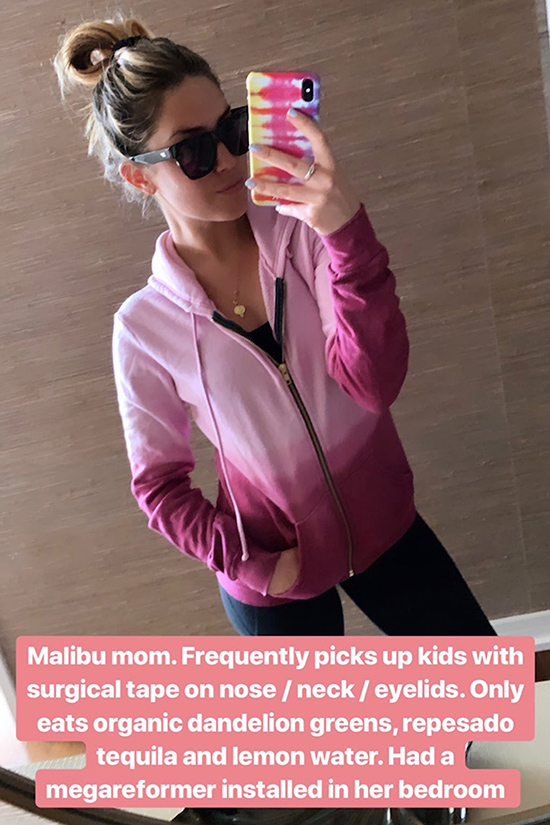

Filipinos are, of course, no strangers to status mongering. A paper presented by the illustrious historian Dr. Bernadette L. Abrera, University of the Philippines-Diliman, for a webinar on Filipino women in the last 500 years, reveals that we’ve been looking down on the Joneses and aching to level up for half a millennium.


There’s been a hubbub recently from a certain movie star saying Philippine history is dry as bones, but Dr. Abrera’s research says differently, and rightly so. Her study shows what makes the female elite tick and why, to this day and age, the aspirational lifestyle rules. (The wonderful Boxer Codex illustrates the silk fashions and gold jewelry of the 16th-century Filipino; alas, this book resides in an American library.)
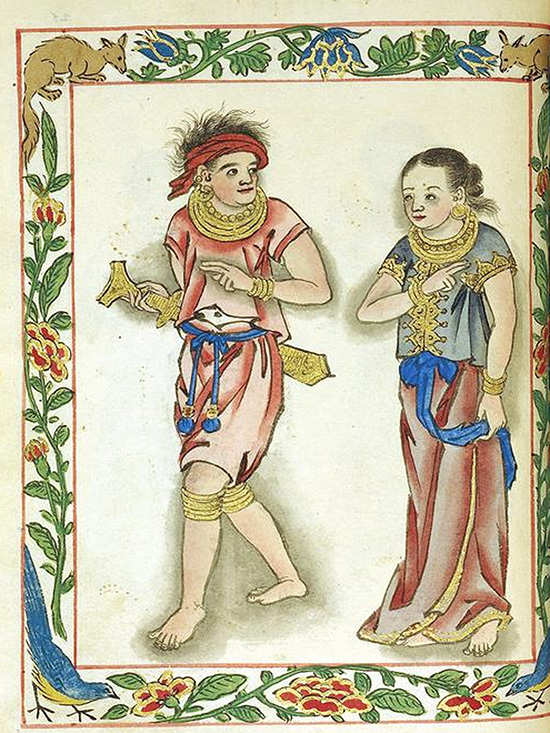
In the same way that we purr over high-maintenance blonde streaks or Pilates-toned, Skims-covered bodies, “the physical appearance of women and men indicated their wealth and social stature,” intones Dr. Abrera.
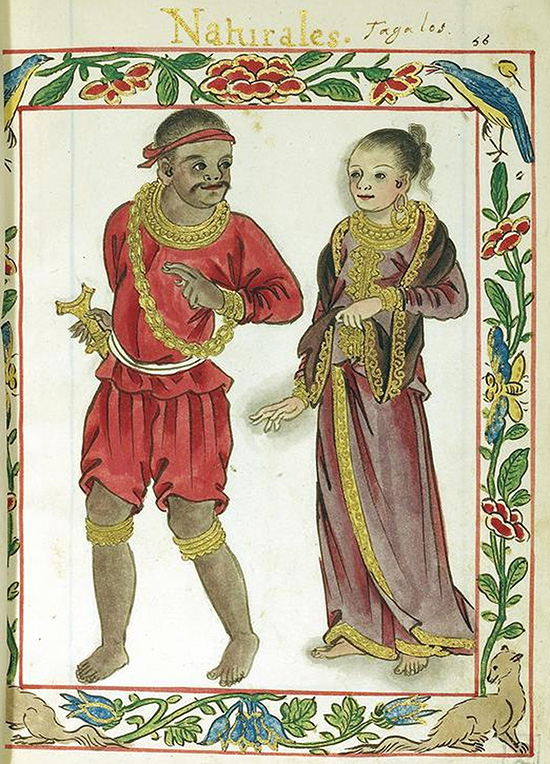
And, just like the teleserye heroines and soap-powder endorsers who wind up with construction magnates or southern governors, there was “a special class of women called “binukot.”
Writes Abrera, “They were a group of young maidens of exceptional beauty and were highly sought brides by men of rank and prestige. The 17th-century Jesuit missionary Fr. Francisco Alcina remarked that, ‘The Visayan women are more fair in complexion, particularly those who live far from the coast, and even more especially the principalas who are called binukot because they remain at home, rarely go out and if necessary to do so, were carried by men on their shoulders.’ This distinguished them from the rest of the women, even the elite, who walked barefoot.
“The wives of the Tagalog datus were also carried on the shoulders of their slaves when they traveled through the streets. They had over their dress some 'mantles’ (veils) that reached to their waist, of either cotton or satin, taffeta and damask from China. Described thus, these women also fit the characteristics of the binukot.” (One wonders whether the newly arrived Spanish priests tapped into this custom of veneration when they paraded ivory-faced saints through the streets.)
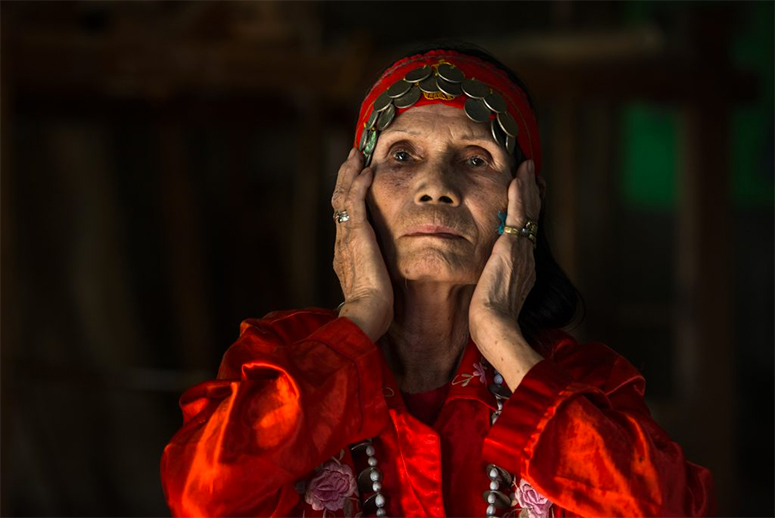
Pigafetta’s account, Abrera continues, describes the pinnacle of the binukot beauty: she was none other than “the queen of Cebu who was baptized as Juana, (and who) deserves a second look in terms of the binukot tradition.”
He recounted that the Queen came with a retinue of 40 women, “was young and comely, covered with a black and white sheet; she had mouth and nails very red, and wore on her head a large hat made of leaves of palm, with a crown over it made of the same leaves, like that of the Pope.” (Red was “a ceremonial color that could only be worn by datus and nobles of proven bravery.”)
Abrera further recounts, “The second time that Queen Juana came to meet Magellan’s group, she was preceded by three ladies who carried three of her hats: she was dressed in black and white, with a large silk veil with gold stripes, which covered her head and shoulders.”
This 1521 description of the queen fits the illustration of the binukot in Alcina’s 1668 account, she maintains: the consort is veiled and holds in her right hand a salakot, the traditional wide headgear in the shape of a dome, which the Catholic Pigafetta likened to the Pope’s miter. Indeed, as Alcina’s illustration depicts, the binukot (otherwise known as the “principala”) was every inch the equivalent of the datu or “principal.”
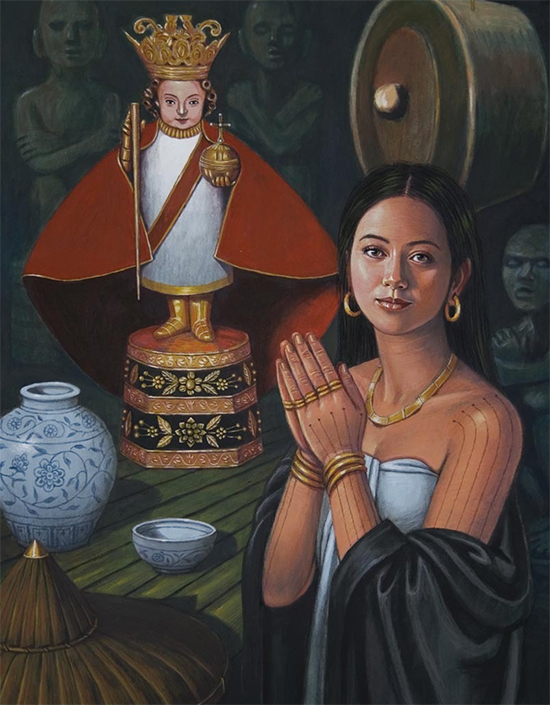
Indeed, she adds, “Like the Queen Juana, silk and other fabrics interwoven with gold thread were used by the elite women in Luzon, along with gold necklaces, bracelets, earrings and rings. Principalas wore tiaras on their hair and those without, made these crowns from flowers. When out for a social visit, the women walked slowly, ‘making a thousand movements with their body’ and one arm upraised, supposedly the fashionable manner. However, this may have been an occasion to display the very elegant tattoos (batik) which for women was only done on their hands.”
The binukot woman was so valuable, Abrera emphasizes, that “if the surviving husband was a datu, he enclosed himself in a curtain and did not take any food for four days. It was believed that if he did not do this, he would become crazy. This ritual appears to be related to the status of the datu’s wife as a binukot and the man’s seclusion was a spiritual form of mourning her passing.”
But, as important as their beauty was their purity. Dr. Abrera states that it was because of this that the highly prized binukot were distinct from ordinary women.
Hence, here’s a lesson for us these days: beyond the reformer installed in your bedroom and the Hermès on your arm, a certain goodness of purpose is the true mark of status.


